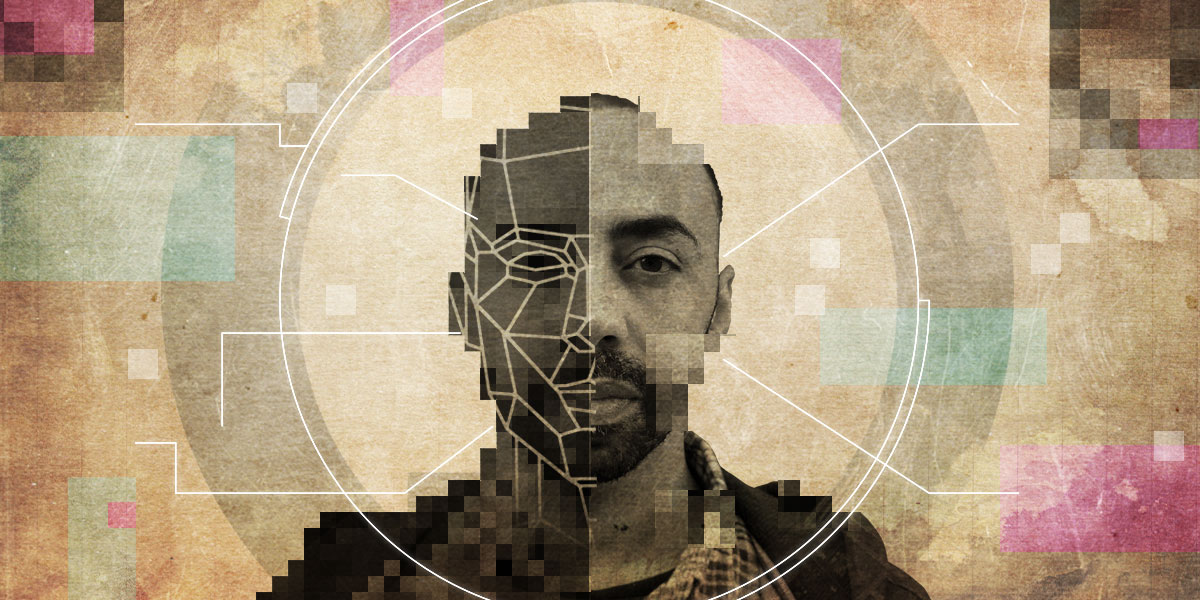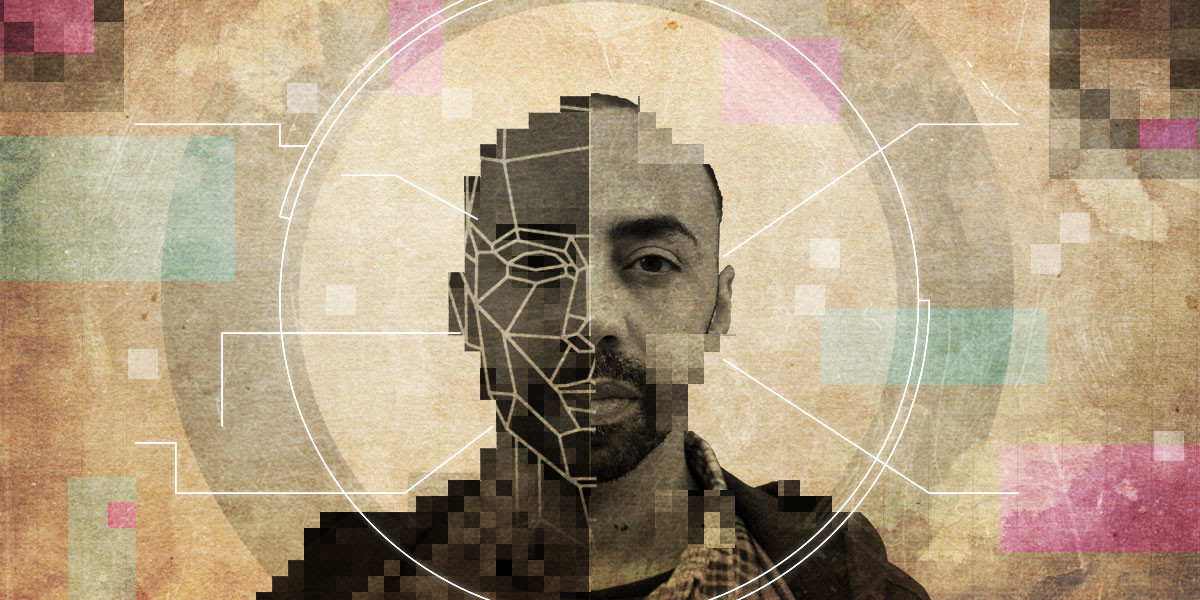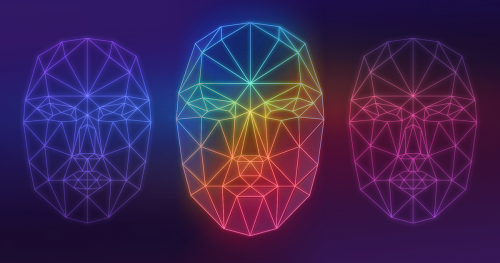As face recognition technology evolves at a dizzying speed, new uses and terminologies seem to develop daily. On this page, we attempt to define and disambiguate some of the most commonly used terms.
For more information on government use of face recognition and how to end it in your community, visit EFF’s About Face resource page.
Face detection: Determines whether an image includes a human face. Some government agencies use face detection to aid in obscuring identifiable faces before releasing video footage in response to requests for public records. As a result, many bans on government use of face recognition technology specifically exclude face detection for this purpose, provided that no information about the faces is collected or stored. Generally, this use does not raise significant privacy concerns.
Face recognition: Any collection and processing of faceprints, including both face matching and face analysis (two terms defined below). Face recognition raises significant digital rights concerns.
Faceprinting: A fundamental step in the process of face recognition, faceprinting is the automated analysis and translation of visible characteristics of a face into a unique mathematical representation of that face. Both collection and storage of this information raise privacy and safety concerns.
Face matching: Any comparison of two or more faceprints. This includes face identification, face verification, face clustering, and face tracking (four terms defined below).
- Face identification: Compares (i) a single faceprint of an unknown person to (ii) a set of faceprints of known people. The goal is to identify the unknown person. Face identification may yield multiple results, sometimes with a "confidence" indicator showing how likely the system determines the returned image matches the unknown image.
- Face verification: Compares (i) a single faceprint of a person seeking verification of their authorization to (ii) one or more faceprints of authorized individuals. The verified person might or might not be identified as a specific person; a system may verify that two faceprints belong to the same person without knowing who that person is. Face verification may be used to unlock a phone or to authorize a purchase.
- Face clustering: Compares all the faceprints in a collection of images to one another, in order to group the images containing a particular person or group of people. The clustered people might or might not then be identified as known individuals. For example, each of the people in a library of digital photos (whether a personal album or a police array of everyone at a protest) could have their various pictures automatically clustered into a discrete set.
- Face tracking: Uses faceprints to follow the movements of a particular person through a physical space covered by one or more surveillance cameras, such as the interior of a store or the exterior sidewalks in a city’s downtown. The tracked person might or might not be identified. The tracking might be real-time or based on historical footage.
Face analysis, also known as face inference: Any processing of a faceprint, without comparison to another individual’s faceprint, to learn something about the person from whom the faceprint was extracted. Face analysis by itself will not identify or verify a person. Some face analysis purports to draw inferences about a person’s demographics (such as race or gender), emotional or mental state (such as anger), behavioral characteristics, and even criminality.
For more information about the various kinds of face recognition, check out this more detailed post.










